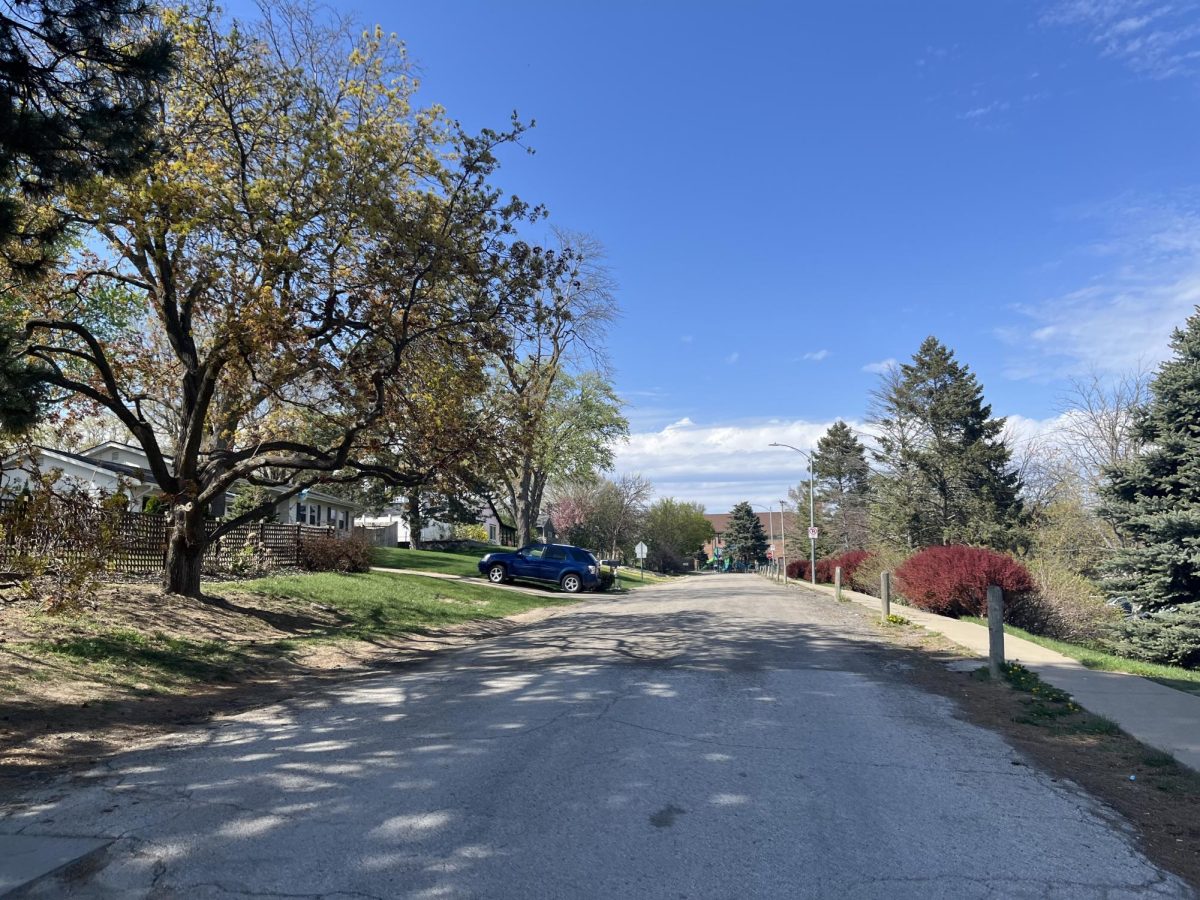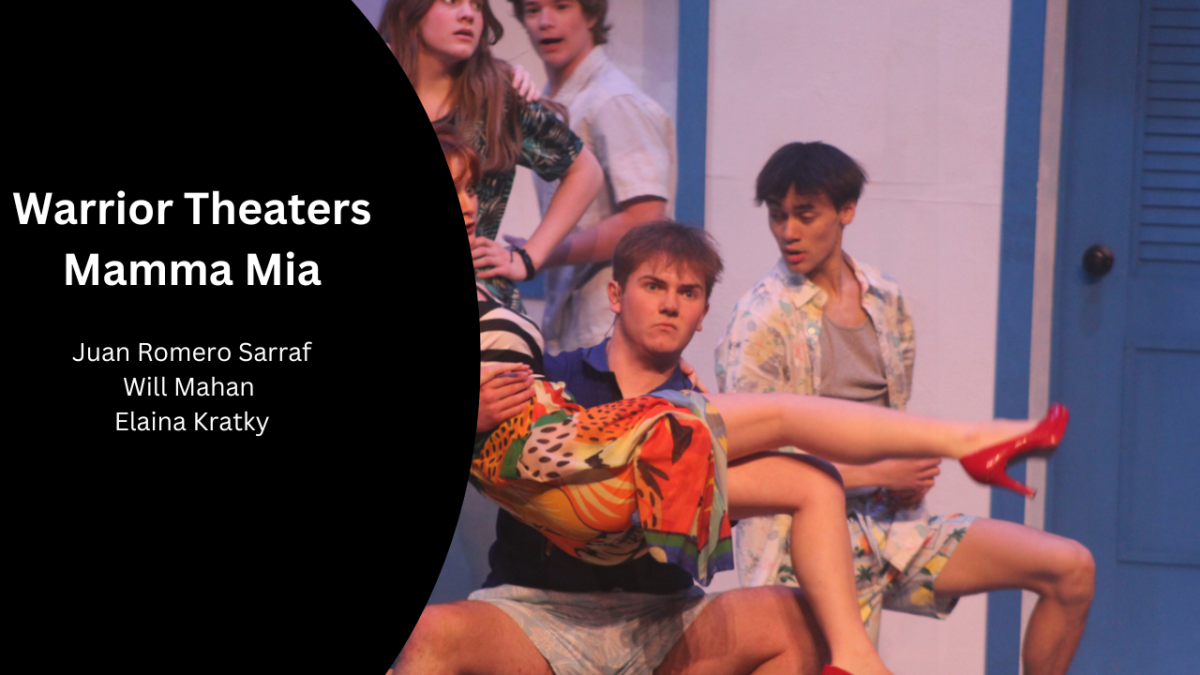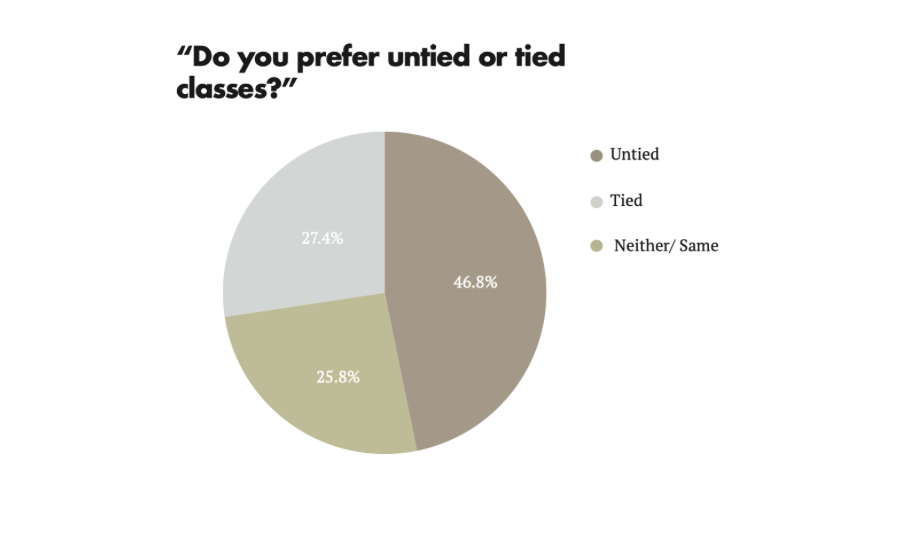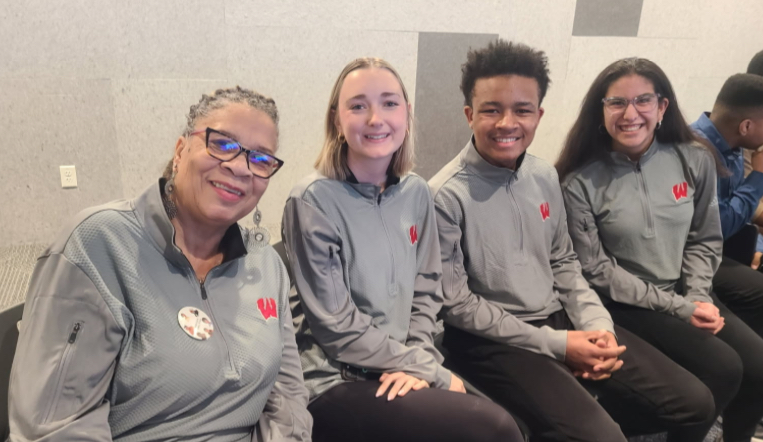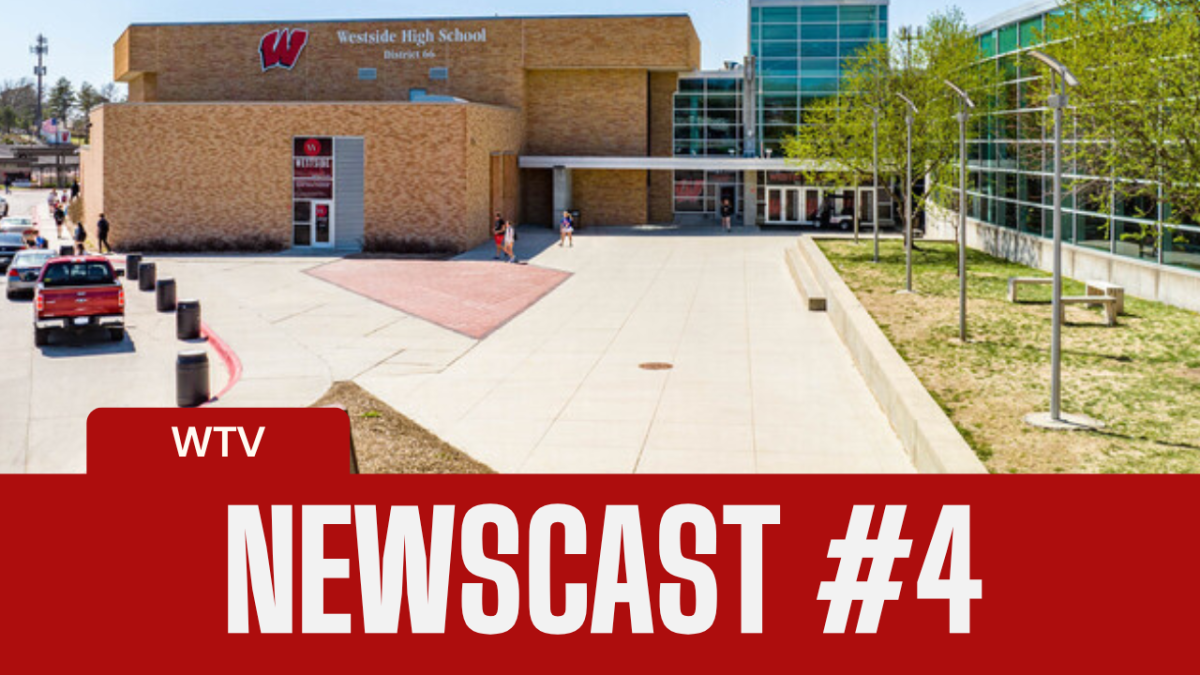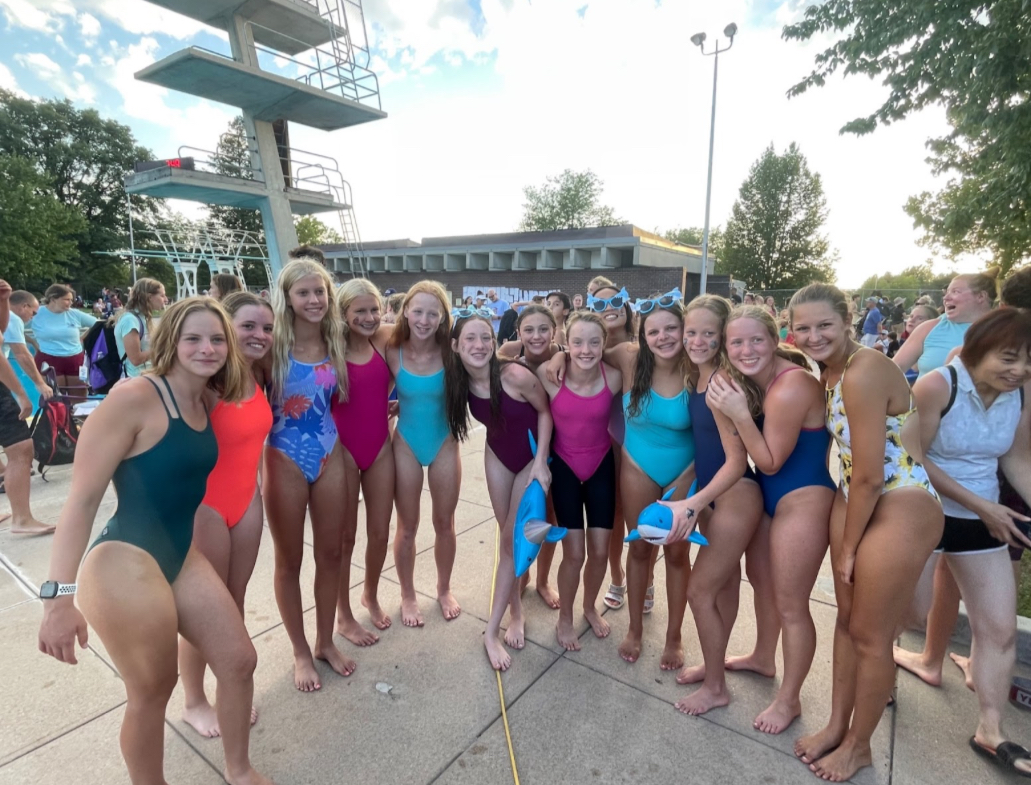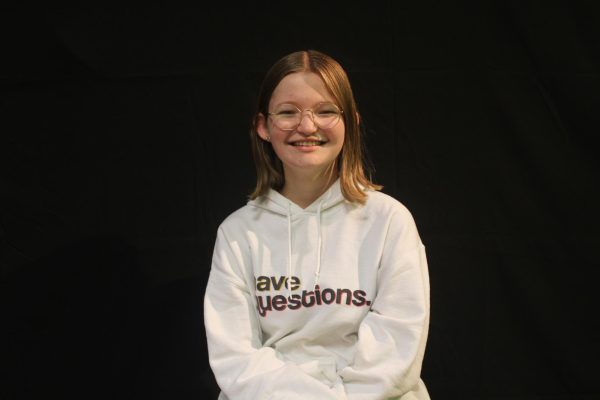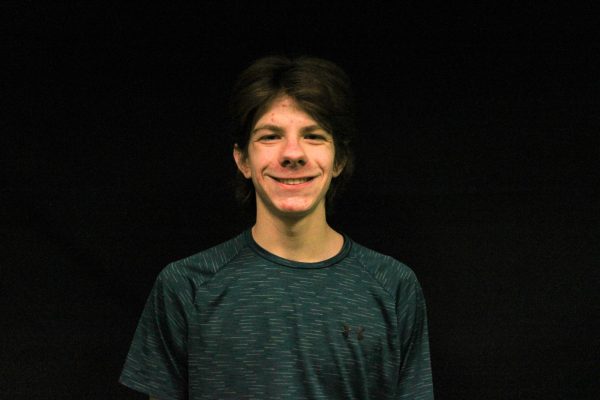Even though stories are always shown on the news, it’s hard to imagine losing a loved one to something like a drunk driving accident without it actually happening personally. In order to try and convey how serious the risk is, Westside performs a mock car crash every other year the day before prom.
“The majority of teenager-involved drunk driving accidents happen around prom, so that’s why they try to target that specific date,” Theater teacher Jeremy Stoll said.
The setup for the crash is huge and Officer Jeff Kilgore works tirelessly to make sure that everything will be running smoothly since there are so many moving parts.
“There were police and fire and sixteen agencies who were involved in this,” Kilgore said. “We had a helicopter land and a moulage team from the UNO theater department to do the makeup. You saw a police officer do a field sobriety test and the morgue was here.”
Kilgore works with Project Night Life, an Omaha Police Department unit that has a mission of educating students. Their goal is to keep people safe.
“The things we see around prom like distracted driving, drunk driving, traffic accidents, personal injury accidents and deaths made me think about how I don’t get to do a lot of things here, but I can do this,” Kilgore said.
There are no practices when it comes to the mock crash. Instead, theater students can volunteer to participate and then are told all of the information the morning of the crash.
“The students arrived well before school to get their moulage makeup, or the injury makeup, done and during that, they were coached as to their role,” Stoll said. “They were told things like, ‘you’re going to be the drunk driver, you’ll be taken out of the car, you’ll be given a field sobriety test and then handcuffed and put in the back of the squad car.’ Stuff like that.”
During Stoll’s time at Westside, he has been a part of the team working on the mock crash three times. Each time, he notices small differences.
“Sometimes, my student playing the drunk driver is very combative and sometimes they’re very ashamed,” Stoll said. “Sometimes, the injured driver that they pull out is shrieking in pain and sometimes they’re just groaning. It depends on the student playing it.”
Junior Miranda Gregory played the drunk driver in this year’s mock crash and was looking forward to being able to get the message out to students.
“I think it was an incredible way to scare the people going to prom,” Gregory said. “If you were planning on drinking that night, it was a really good way to remind you that that was not a great idea.”
Gregory was excited to be playing such a large role in the crash.
“I had blood all over my face and I was arrested and I watched my best friend go into an ambulance and it was my fault,” Gregory said.
Although she was excited for the role, she also was nervous about the severity of it. Being used to acting in comedies, her goal was to portray her role as seriously as possible.
“I used to have a stepdad who was an alcoholic and watching it and dealing with it was not good,” Gregory said. “Drunk driving is really stupid and it could kill so many people and it’s sad so I wanted to portray it in a good, healthy, not-funny way.”
Although the topic that the mock crash covers is serious, not every student felt the same emotions after seeing the crash. Kilgore bore witness to this.
“You saw a lot of the kids laughing from the stuff they saw outside because it might have looked fake but it’s reality,” Kilgore said. “It’s what we see all the time as first responders. That’s what we see on a nightly basis. We try to teach a little reality but some kids think it’s all fun and games.”
Although some students may have been laughing at the crash, an impact speaker is brought in to talk to the school. This speaker is someone, usually a parent, who has lost a child to a drunk driving incident.
“When the kids came out of that, you could have watched their faces and seen that they were probably crying,” Kilgore said.
Making the incident as realistic as possible makes for the best emotions to come from it. Kilgore has had prior experience when it comes to doing this.
“My background is military and whenever I was responsible for a military training event, I always tried to make it as realistic as possible,” Kilgore said. “I also trained the School Resource Officers for active shooter training and I try to get their adrenaline up and make it as real as possible. The mock crash was about as real as it can get.”
In the end, the mock crash is believed to be effective when it comes to conveying the importance of staying safe on the road.
“I remember being a part of a mock crash when I was in high school,” Stoll said. “I still remember that event and can visualize it in my head even now, twenty-some years later. I think that if it’s that vivid a picture for me, then it probably will be for young people today.”
Kilgore finds the event just as memorable as Stoll does.
“This was something that, when you go through it, you’ll remember it for the rest of your life,” Kilgore said. “If you remember anything from high school, you’re going to remember this.”


